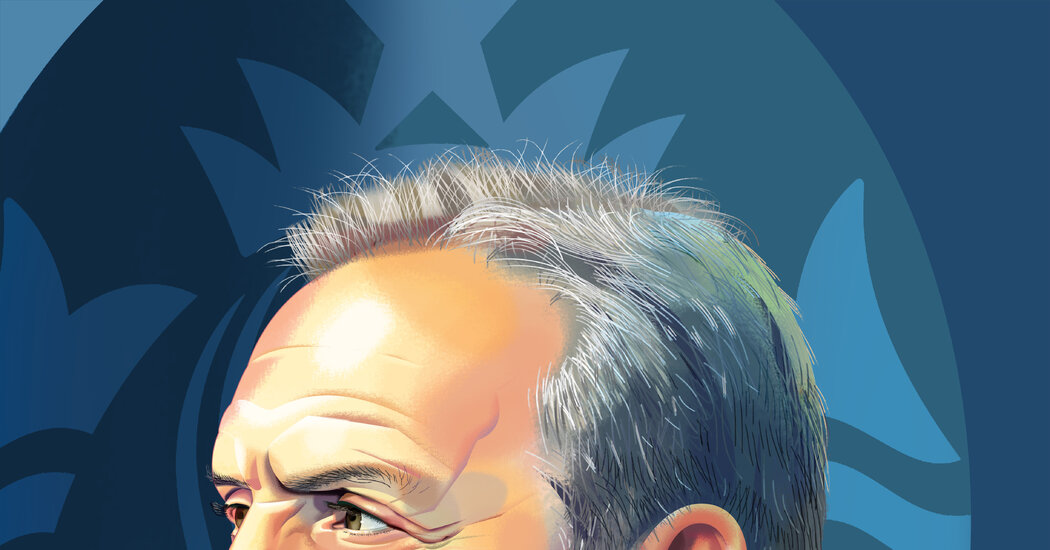As a manager, Mr. Schultz asked employees to be obsessed with the customer experience. To preserve the “romance and theater” for customers, he resisted automating the tedious chore of brewing espresso for many years.
In return, he would reward employees with above-market wages and benefits, offering full health coverage to part-timers and valuable stock options. Mr. Schultz wrote that an employee who earned $20,000 a year in 1991, the year before Starbucks went public, could have redeemed 1991 options in 1996 for more than $50,000.
The Grand Accord began to fail during the Great Recession. At the end of 2007, sales in Starbucks stores were down more than 10 percent from the same day the previous year. To prop up the company, Mr. Schultz would close hundreds of stores and lay off 7 percent of its employees.
Those who stayed faced a tougher workplace. Starbucks stepped up efforts to cut labor costs and later adopted new scheduling software that “could better manage staffing and expenses,” Mr. Schultz wrote.
But the approach left many workers working irregular hours, making it more difficult to earn a steady income, find reliable childcare or attend college. (Mr. Schultz later wrote that the company “updated the software and our policies to provide more predictability, consistency, and flexibility.”)
Julie Langevin, a Starbucks shift manager who has worked at the company off and on since 2005, said the job also became more demanding as the company rolled out increasingly elaborate cold drinks in the 2010s, such as the Mocha Cookie Crumble Frappuccino.
“You’d see someone struggling to keep up, with 30 drinks on the counter,” said Ms Langevin, who has been active in the union campaign.

